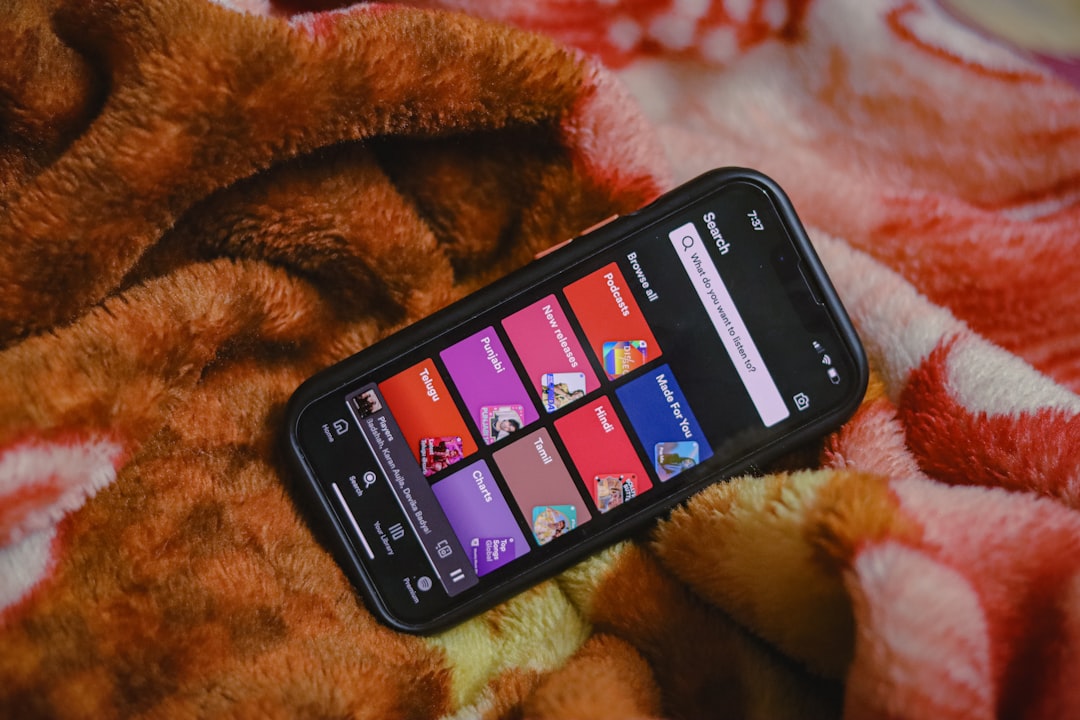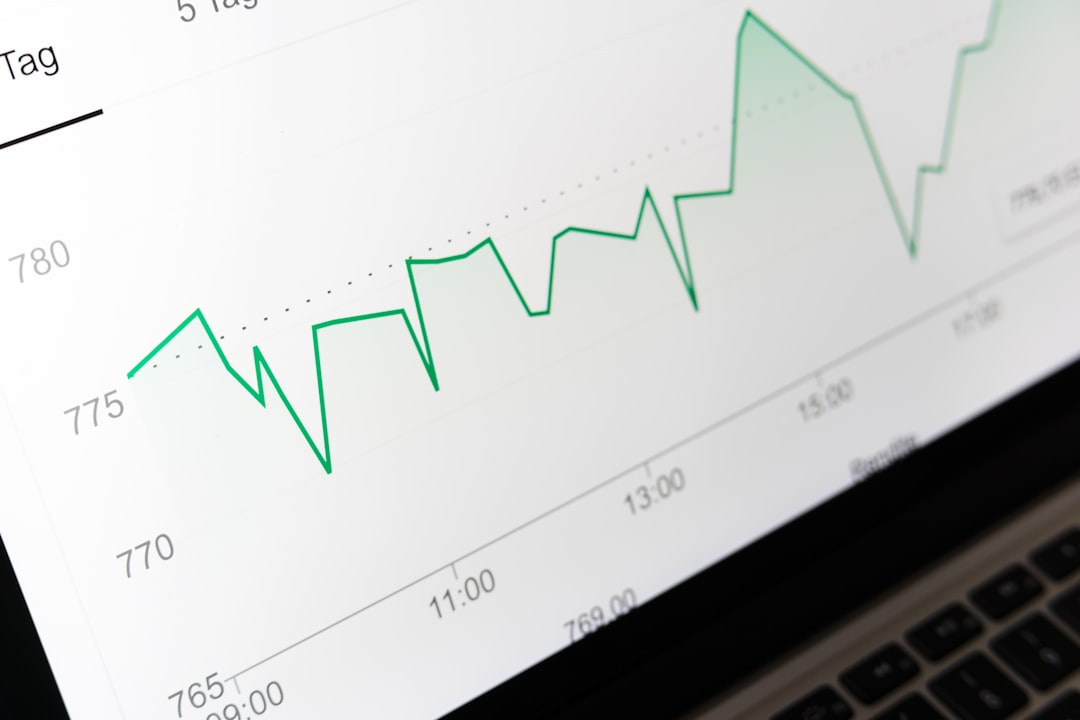In the age of data-driven design, logos are no longer just aesthetic identifiers—they are measurable assets. Brands want to know if their logos are working, and thanks to modern analytics, the performance of a logo can be tracked much like a marketing campaign. Whether it’s how many users save a logo on Pinterest, share it in a branding post, or recognize it in a recall test, key metrics provide valuable insights into a logo’s effectiveness.
TLDR
A logo’s success goes beyond how it looks—it’s about how it performs. Key metrics such as saves, shares, click-through rate (CTR), and recall offer a comprehensive view of the logo’s impact. These indicators help businesses refine their brand identity and ensure that their visuals resonate with audiences. This article breaks down each metric and explains why they matter in building a successful brand.
Saves: The Bookmark of Visual Appeal
When users save a logo or brand-related image, it signals intent or admiration. Platforms such as Pinterest, Instagram, and Behance provide tangible data on how many users are saving logos to their vision boards, design collections, or inspiration albums. This metric reflects a user’s personal connection or future intent to reference the logo.
Why it matters: Saves demonstrate the aesthetic value and long-term appeal of a logo. A high number of saves suggests that the logo resonates with an audience or is seen as a trend-worthy piece of design.
Key factors that influence save rates:
- Modern, clean design
- Color palette appeal
- Relevance to current branding trends
- Emotional impact or uniqueness

Sharing is the digital version of word-of-mouth—and it’s powerful. When users share logos, whether through social media tags, branding articles, or recommendations, they help amplify the brand’s reach exponentially. These shares often form the first impression for new audiences.
Why it matters: Shares signify brand endorsement and engagement. A shared logo is one that’s relevant, memorable, and worthy of discussion. It also improves organic reach, introducing the brand to potential customers through trusted sources.
How to track sharing metrics:
- Social media engagement analytics (e.g., Twitter, Instagram insights)
- Content sharing tracking tools like BuzzSumo
- Email forwards and referrals in B2B environments
If users are willing to pass along your logo, that speaks volumes about brand affinity and perception.
CTR (Click-Through Rate): Interaction That Counts
A great logo can intrigue prospective customers enough to click and learn more. When logos are placed in ads, emails, or banners, the click-through rate (CTR) becomes a directly measurable outcome of logo performance. CTR tells us how effective the logo is in getting users to take action.
Why it matters: Unlike saves and shares, CTR is tied to conversion behavior. If your logo grabs attention and drives clicks, it shows it’s doing more than just looking good—it’s funneling users toward your brand’s content.
How to improve logo CTR:
- Use contrasting colors to stand out in placements
- Ensure your logo maintains clarity across devices and sizes
- Test A/B variations of logo placements in ads or headers

Recall: The Ultimate Test of Memorability
Recall is about memory. Can your audience recognize your logo after a few days or even weeks? That’s the holy grail of branding. Logo recall is typically tested through surveys, quizzes, or even real-world experiments where participants are asked to pick or draw logos they remember from memory.
Why it matters: Recall is foundational to brand equity. Brands like Nike and Apple don’t even need to include their brand name anymore—just a swoosh or apple silhouette is enough.
Factors that influence logo recall:
- Simplicity: Is the logo easy to reproduce mentally?
- Distinctiveness: Does it stand out from competitors?
- Repetition: How frequently does the audience encounter the logo?
- Emotional resonance: Does it evoke feelings or meaning?
Testing recall routinely helps designers and marketers gauge how well their brand is sticking in the minds of consumers.
Putting It All Together
Each metric offers a different lens on logo performance:
- Saves tell you how much people admire your logo.
- Shares tell you how much people want to talk about or spread it.
- CTR shows whether the logo drives interaction and action.
- Recall proves whether your logo is truly memorable over time.
By combining qualitative design processes with these quantitative insights, brands can strike the perfect balance between form and function. Logo design is not just art—it’s a strategic, measurable tool in the branding toolkit.
Tips for Improving Logo Metrics
- Conduct A/B testing for different versions of your logo in ads.
- Track performance using integrated analytics tools on platforms like Instagram, Google Ads, and email dashboards.
- Optimize logos for multiple platforms and screen sizes.
- Run brand recall surveys every quarter to measure stickiness over time.
- Seek user feedback via polls on design platforms or through customer research.
Continuous iteration based on real-time data paves the way to better performing, longer-lasting brand identities.
Frequently Asked Questions (FAQ)
- What is a good CTR for a logo in a digital ad?
- It depends on the industry, but a CTR of 2–5% is generally considered strong. However, even small improvements in logo-driven CTR can significantly impact conversion pipelines.
- How can I track logo saves on visual platforms?
- Use platform analytics tools (like Pinterest Analytics or Instagram Insights) to view saves. For Behance or Dribbble, use engagement metrics.
- Can a logo really increase conversion?
- Yes, especially when used in CTAs, emails, and banner ads. A strong logo grabs attention and builds trust—key ingredients for prompting clicks and conversions.
- How often should I test logo recall?
- Consider conducting recall studies quarterly or semi-annually, depending on your brand visibility and marketing cadence.
- What tools help analyze logo performance online?
- Tools such as Google Analytics, Hotjar, BuzzSumo, and Sprout Social can provide insights into engagement, clicks, and shares involving your logo.
In today’s landscape, where every pixel counts, don’t let your logo go unmeasured. Use these metrics to ensure your brand’s most iconic mark makes a lasting, measurable impression.



